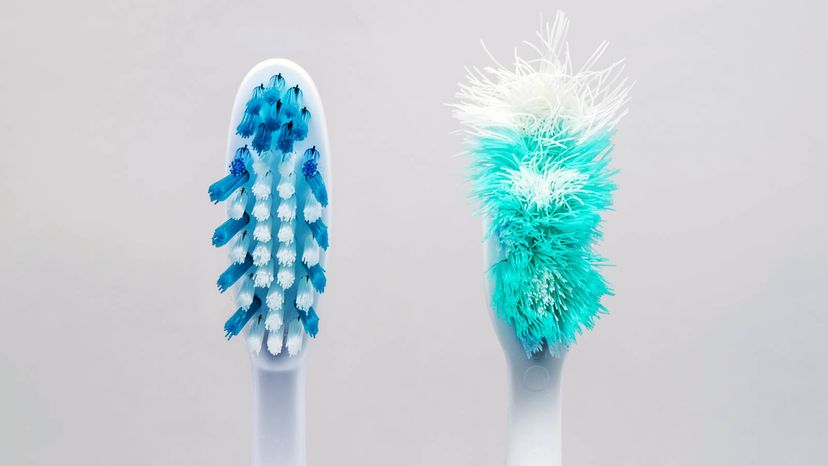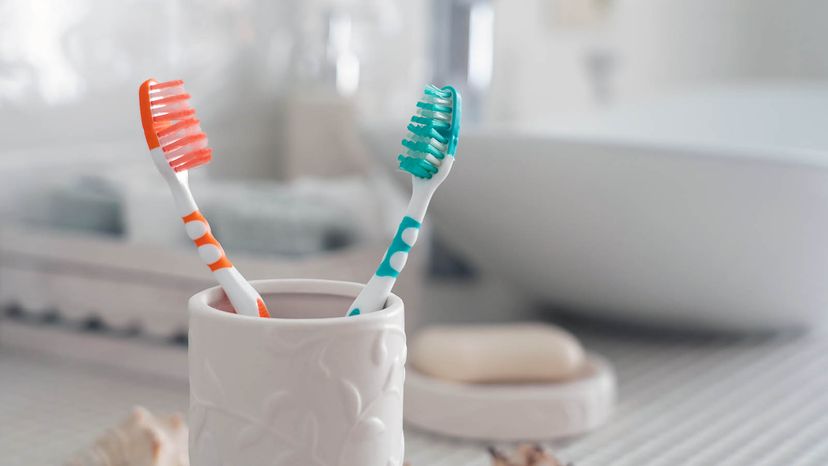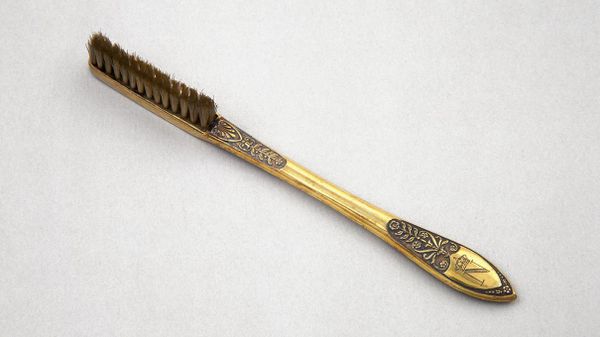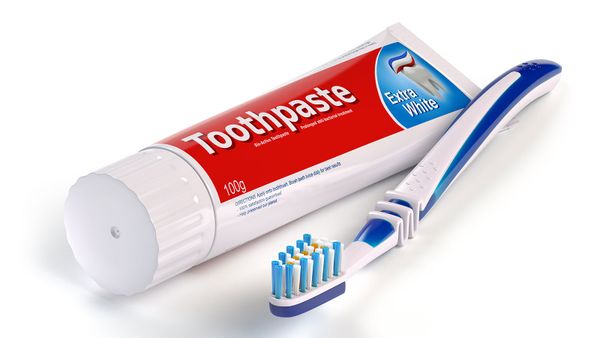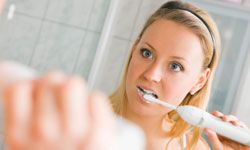If you brush with a manual toothbrush twice a day for 2 minutes as recommended, pretty much every dentist and the American Dental Association (ADA) say you need to replace your toothbrush every three to four months.
It's about the same for the head of a powered toothbrush, but it most likely needs swapping out at the 12-weeks mark. That's because electric toothbrushes often have shorter bristles that tend to wear down more quickly.
But what if you don't know when you bought your last toothbrush? Should you just replace it? Not necessarily. There are signs that indicate it's time for a change, whether you use a good old manual toothbrush or an electric.
Do a visual inspection of the bristles and look for signs of any of the following:
- edges that are beginning to fray or bend
- matting
- overall bristle symmetry losing shape
Some toothbrushes have bristles that change color as they wear down, which provide an obvious visual signal that they need to be replaced.
If you use your toothbrush longer than recommended, the bristles will start to wear and fray, and they won't be as effective at removing debris and plaque. When too much plaque and food debris linger in your mouth, your risk of tooth decay and gum disease increases.
